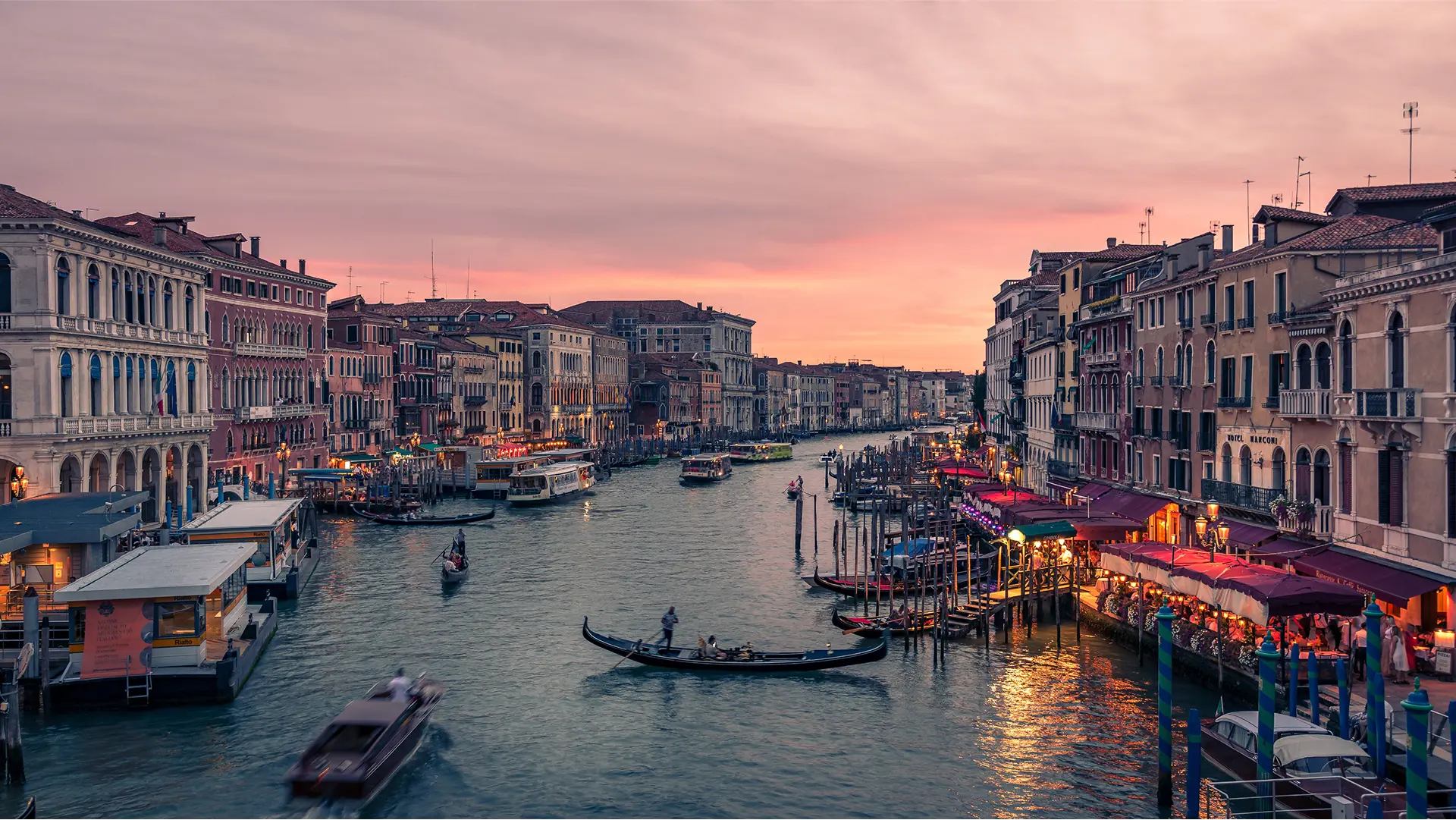India vs Pakistan: The Untold Realities of the 1947 Partition
India and the establishment of Pakistan. However, underneath the festivities lay a very complicated and agonising tale of political choices, social unrest, and human misery. Let’s examine the true story of the division, from the Parliament’s behind-closed-door sessions to the start of the war and the voices that opposed it.
n South Asian history, 1947 is a year of both triumph and tragedy as India gained its independence and Pakistan was established. However, underneath the festivities lay a very complicated and agonising tale of political choices, social unrest, and human misery. Let’s examine the true story of the division, from the Parliament’s behind-closed-door sessions to the start of the war and the voices that opposed it.
Why Did India and Pakistan Split in 1947?
Muhammad Ali Jinnah, the head of the All-India Muslim League, first proposed the idea of a distinct Muslim state in the 1930s. He made the case that Muslims in India required a country in which they would not be considered a minority. However, the causes of division were much older and stemmed from political opportunism, religious polarisation, and British colonial policies of “divide and rule.”
On the other hand, the Indian National Congress’s Sardar Vallabhbhai Patel, Jawaharlal Nehru, and Mahatma Gandhi all supported an inclusive, secular India. However, the dream of unity started to falter as intercommunal riots grew more intense and trust between communities eroded.
The Parliament Discussions That Changed History
In early 1947, British Parliament members and Indian leaders met in heated sessions in Delhi and London. British Prime Minister Clement Attlee announced the intention to leave India no later than June 1948. But with rising violence, Lord Mountbatten, the last Viceroy of India, fast-tracked the plan.
During one historic meeting, Gandhi famously said:
“Partition will be a sin. India is my mother, and I cannot divide her.”
Yet, despite moral opposition, political realities took precedence. The Mountbatten Plan was accepted, leading to the formation of two nations — India and Pakistan — on August 14–15, 1947.
The Horrors of Partition: What History Books Don’t Fully Tell
Partition wasn’t just a line drawn on a map — it was a mass human migration involving over 15 million people. Hindus and Sikhs moved from what became Pakistan to India, while Muslims moved in the opposite direction.
The chaos led to an outbreak of sectarian violence, with estimates of 1–2 million lives lost. Trains arrived full of corpses. Families were torn apart. Women were abducted, children disappeared, and communities that had coexisted for centuries were suddenly enemies.
India-Pakistan Wars: A Continued Legacy of Division
Partition didn’t bring peace. Instead, it seeded decades of tension:
-
1947-48 War over Kashmir — the first armed conflict.
-
1965 War — a full-scale war initiated by Pakistan over territorial claims.
-
1971 War — which led to the creation of Bangladesh.
-
1999 Kargil Conflict — the most recent major military standoff.
Each war deepened mistrust, stifled diplomacy, and kept both nations from fully healing from the trauma of 1947.
Could Partition Have Been Avoided? Voices That Tried
Today, India and Pakistan are nuclear-armed neighbors, often at political odds, yet deeply connected through language, culture, food, and history. On both sides of the border, millions still carry stories from 1947 — of survival, hope, and longing.
In recent years, there have been movements for peace, people-to-people connections, and cultural collaborations, especially through cricket and cinema.
Conclusion: More Than a Line on a Map
The India-Pakistan partition was not just a geopolitical event — it was a human catastrophe, a political gamble, and a story of lost unity. To understand it is to understand not just history, but the present-day complexities of the subcontinent.
By remembering both the pain and the resilience of that era, perhaps we can envision a future of peace, rooted in empathy, not enmity.






